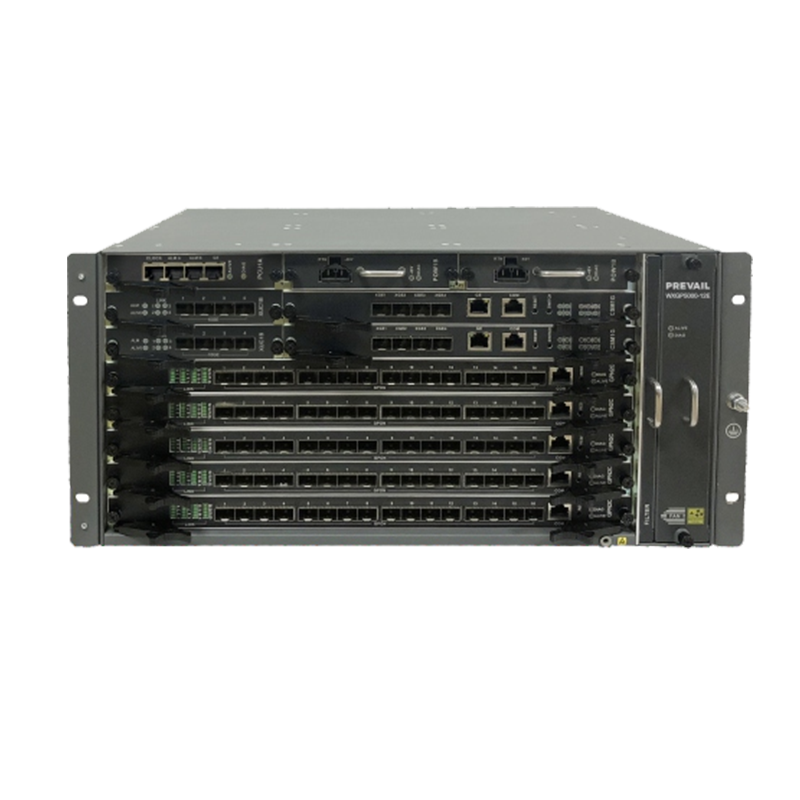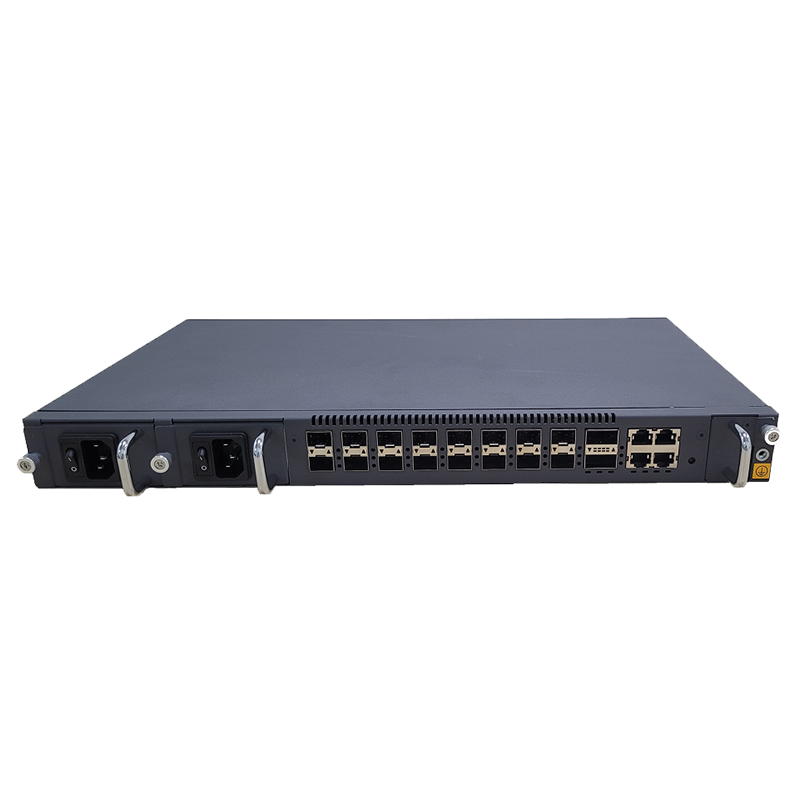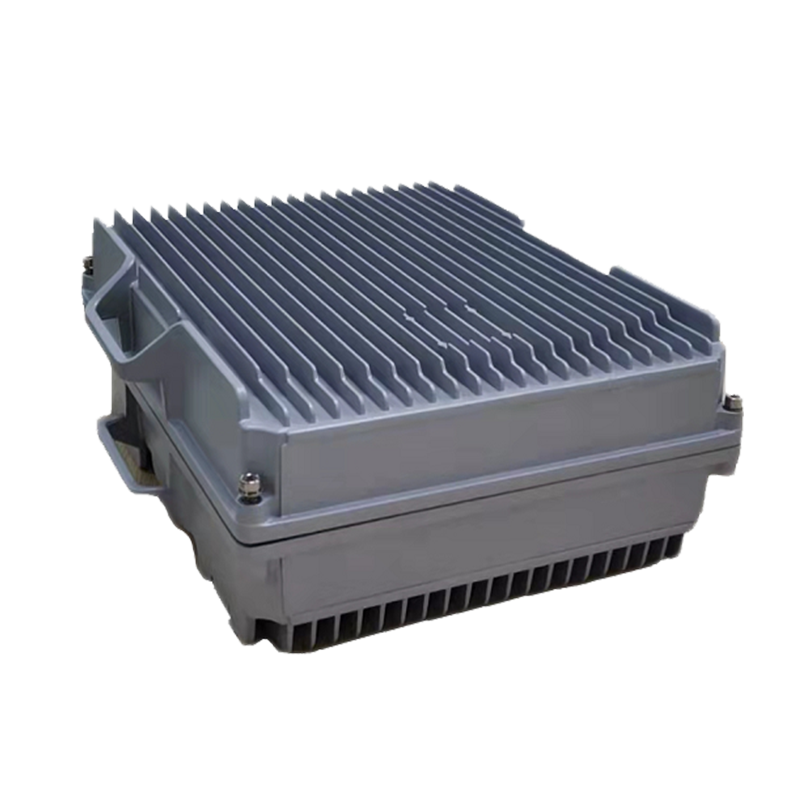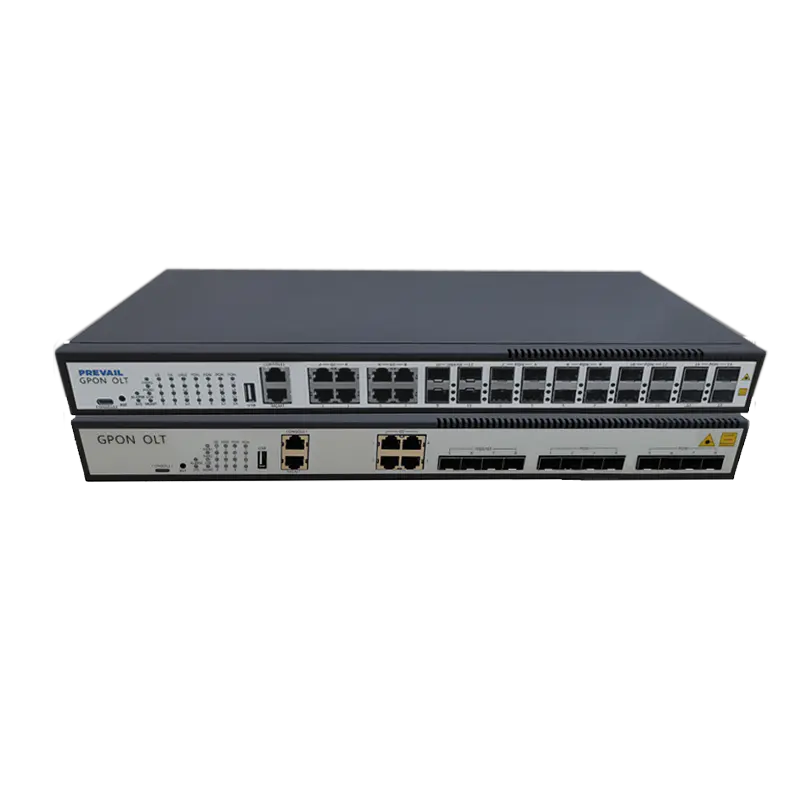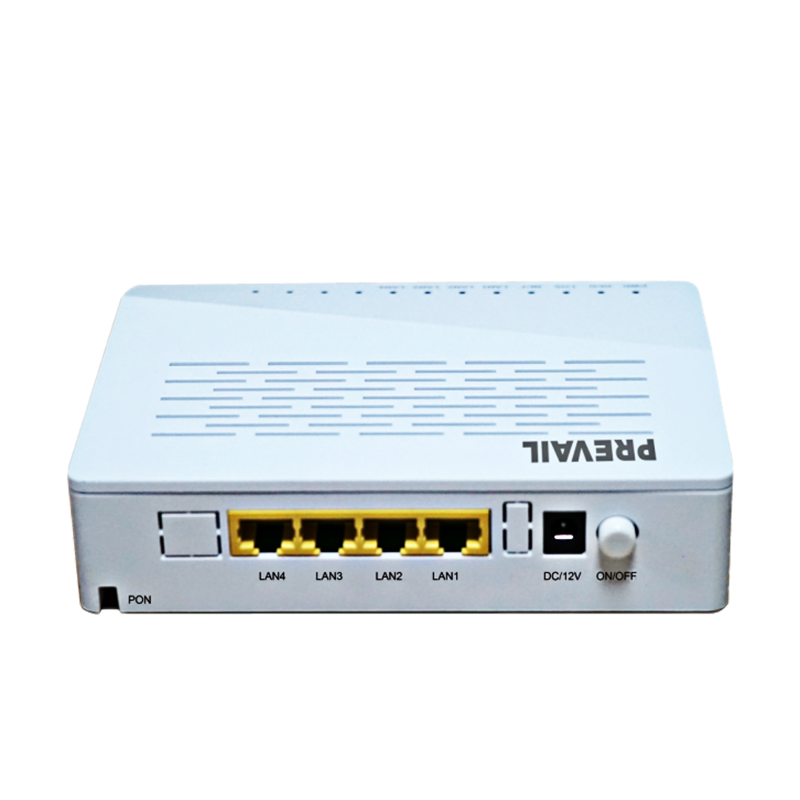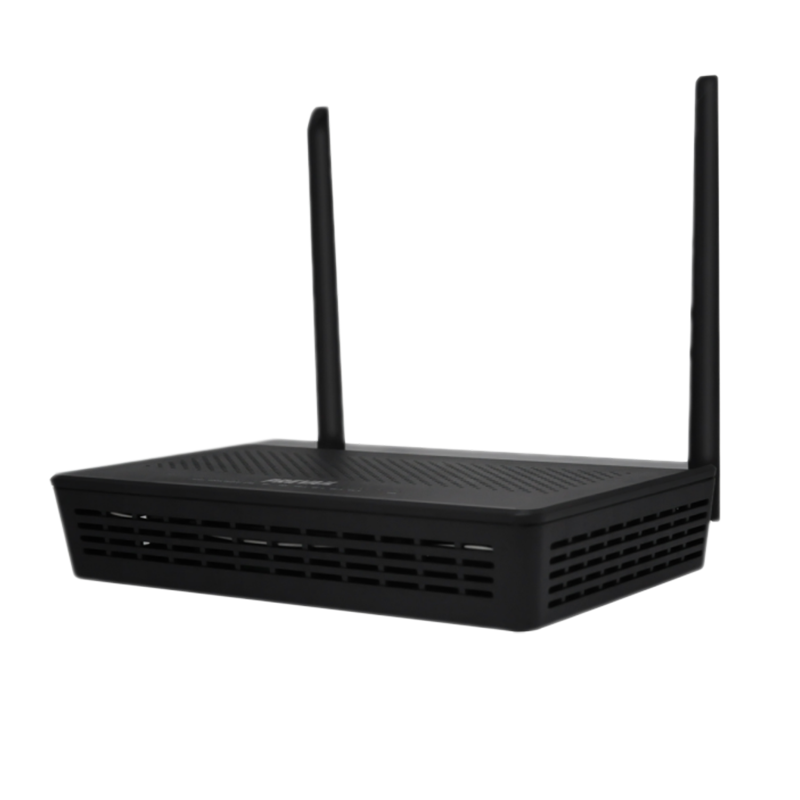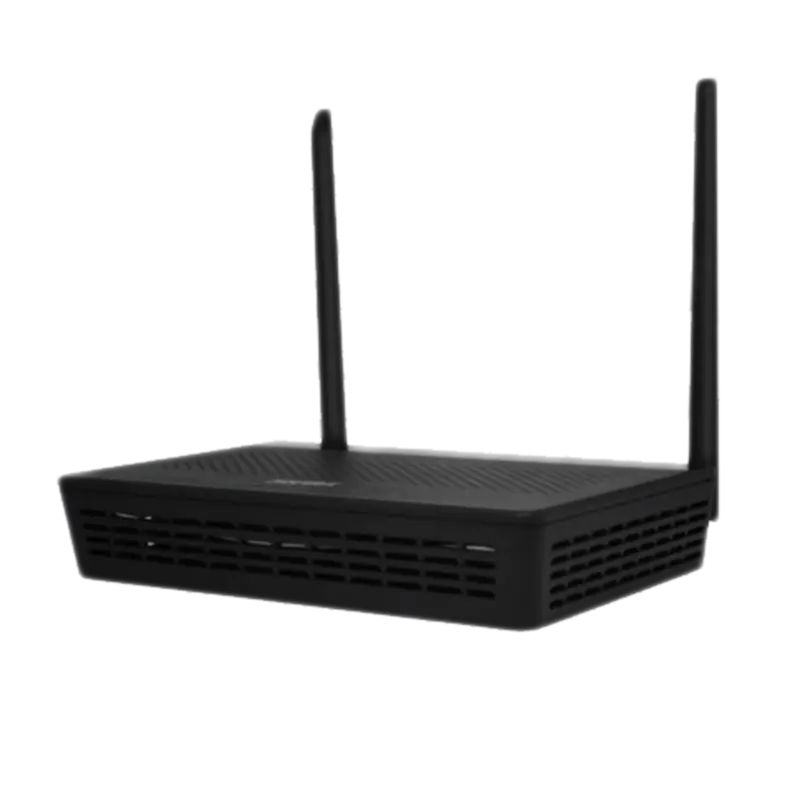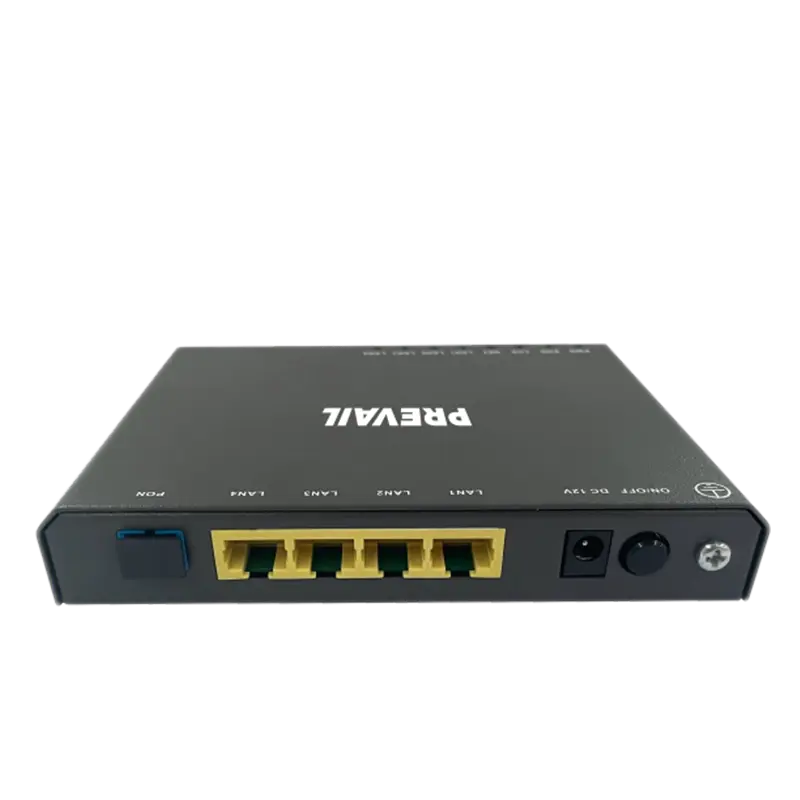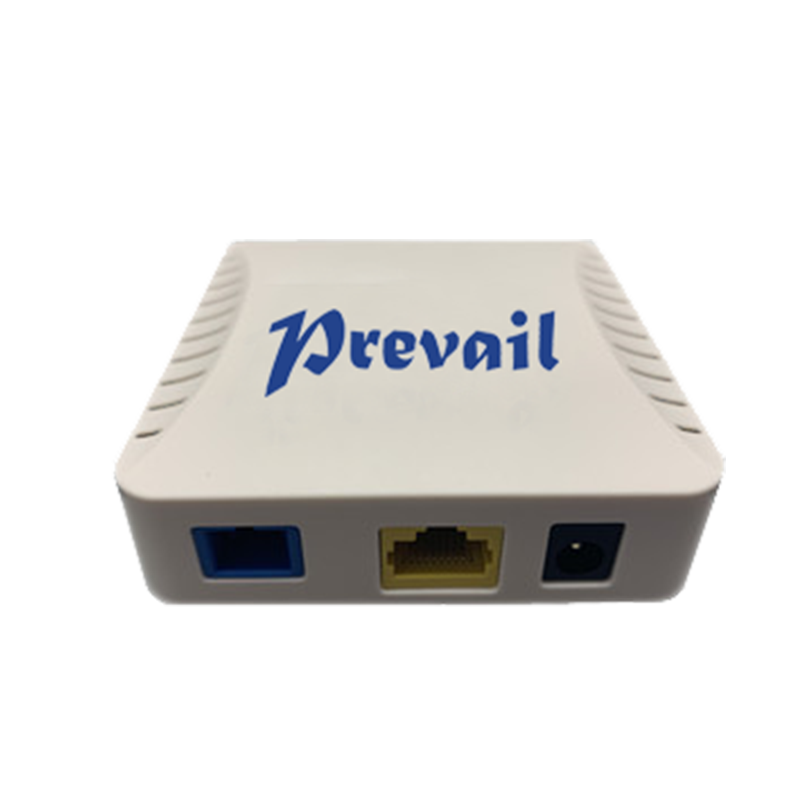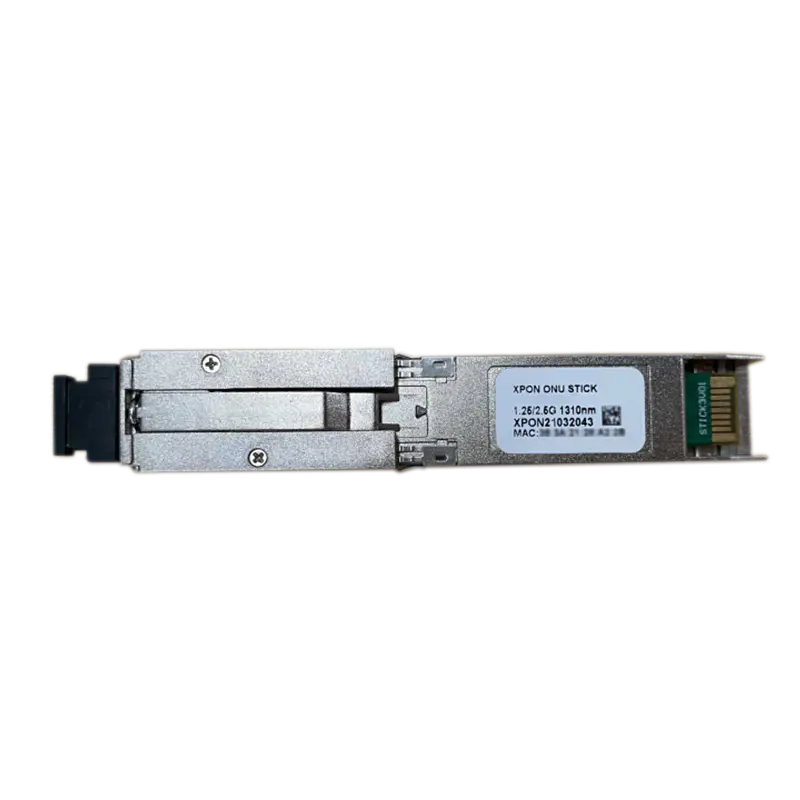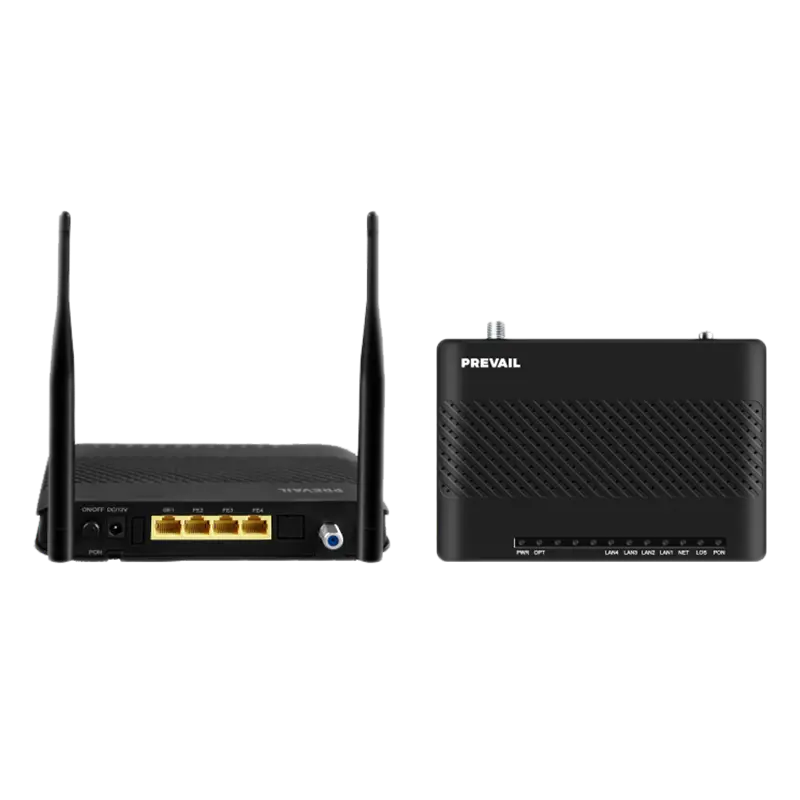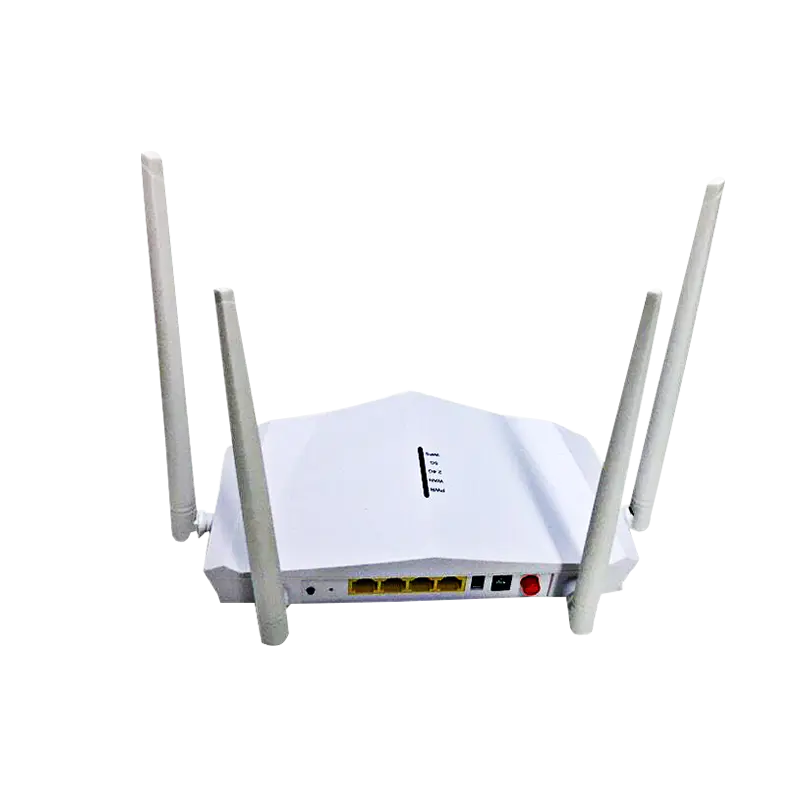How to Optimize HFC Transmission Equipment for Long-Distance and High-Bandwidth Applications
In the age of data-driven communication, Hybrid Fiber-Coaxial (HFC) networks remain a cornerstone of broadband infrastructure. Combining the high capacity of optical fiber with the flexibility of coaxial cable, HFC transmission equipment continues to deliver competitive speeds and reliable connectivity to millions of users worldwide. However, as the demand for higher bandwidth and longer transmission distances grows—driven by 4K streaming, cloud computing, and IoT—operators must optimize their HFC systems to maintain performance, efficiency, and scalability. This article explores strategies and technologies for enhancing HFC transmission equipment to meet the needs of modern high-bandwidth applications.
1. Understanding the HFC Network Architecture
An HFC network integrates optical fiber for backbone transmission and coaxial cables for last-mile delivery. Optical nodes convert optical signals into RF signals distributed through amplifiers and coaxial segments to end users. The architecture supports two-way communication, making it ideal for broadband internet, VoIP, and video-on-demand services.
The performance of an HFC system depends on the efficiency of its key components:
- Optical transmitters and receivers
- Amplifiers and equalizers
- Coaxial cables and connectors
- CMTS (Cable Modem Termination System)
- Return path equipment for upstream data
Optimization involves balancing these components to ensure minimal signal degradation, reduced noise, and higher spectral efficiency.
2. Enhancing Signal Quality Through Optical Optimization
One of the most effective ways to improve long-distance HFC transmission is by upgrading the optical segment of the network.
-
Use of High-Performance Optical Transmitters:
Deploy Distributed Feedback (DFB) lasers or External Cavity Lasers (ECLs) to reduce noise and distortion. These devices provide higher linearity and better performance for longer transmission distances.
-
Adopting Advanced Optical Modulation:
Techniques such as QAM (Quadrature Amplitude Modulation) and DOCSIS 3.1/4.0 standards enhance data throughput by transmitting more bits per symbol while maintaining signal integrity.
-
Low-Loss Optical Components:
Using high-quality fiber with low attenuation (0.2–0.25 dB/km) and optimized split ratios minimizes optical loss and ensures stable long-distance transmission.
-
Optical Amplification:
Deploying EDFA (Erbium-Doped Fiber Amplifiers) in strategic locations extends transmission reach without excessive signal regeneration.
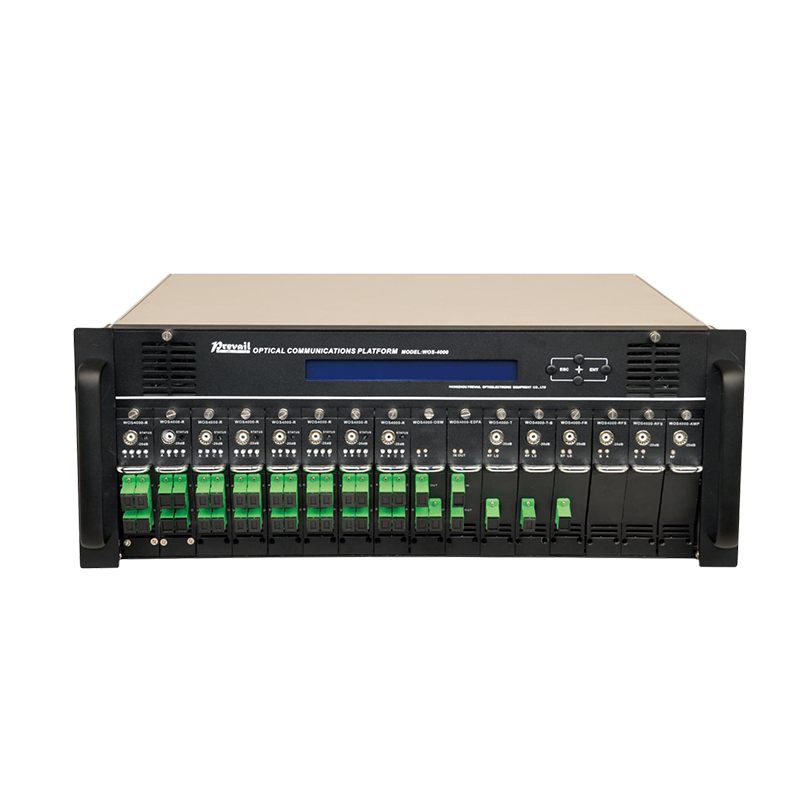
3. Reducing Signal Degradation in Coaxial Segments
The coaxial portion of an HFC network is more susceptible to signal loss and noise. Optimization here is critical for maintaining bandwidth efficiency and transmission distance.
-
Use High-Quality Coaxial Cables:
Selecting cables with low attenuation and high shielding effectiveness reduces electromagnetic interference and signal leakage.
-
Proper Amplifier Placement:
Amplifiers should be spaced optimally to balance gain and noise figure. Over-amplification can introduce distortion, while under-amplification results in poor signal quality.
-
Temperature-Compensated Equipment:
HFC amplifiers exposed to outdoor conditions should feature automatic gain control (AGC) or temperature compensation to maintain consistent performance despite environmental changes.
-
Upgrade to Digital Amplifiers:
Modern digital amplifiers offer precise signal processing and remote configuration capabilities, reducing manual adjustments and improving reliability.
4. Expanding Bandwidth with DOCSIS Technology
The DOCSIS (Data Over Cable Service Interface Specification) standard is the foundation of modern HFC broadband systems. Upgrading HFC transmission equipment to support DOCSIS 3.1 or 4.0 can dramatically enhance bandwidth and network efficiency.
-
DOCSIS 3.1 Advantages:
- Supports up to 10 Gbps downstream and 1–2 Gbps upstream.
- Uses OFDM (Orthogonal Frequency Division Multiplexing) for better spectral efficiency.
- Incorporates Low-Density Parity Check (LDPC) error correction for improved reliability.
-
DOCSIS 4.0 Enhancements:
- Expands spectrum up to 1.8 GHz, offering higher capacity.
- Enables Full Duplex DOCSIS (FDX), allowing simultaneous upstream and downstream transmission on the same frequency band.
Implementing DOCSIS-based upgrades requires compatible CMTS equipment, modems, and amplifiers—but the performance gains justify the investment.
5. Power and Network Management Optimization
Efficient power distribution and intelligent monitoring play a vital role in sustaining high performance in HFC networks.
-
Smart Power Management:
Implementing remote power monitoring and energy-efficient amplifiers reduces operational costs while ensuring continuous uptime.
-
Remote Monitoring Systems:
Use network management software with SNMP (Simple Network Management Protocol) to monitor real-time parameters such as signal strength, noise, and temperature. Early detection of issues prevents service interruptions.
-
Segmented Network Design:
Dividing the network into smaller service groups improves bandwidth per user and simplifies maintenance.
6. Leveraging Fiber Deep Architecture
One of the most significant trends in HFC optimization is the Fiber Deep (or Node+0) approach. Instead of using multiple amplifiers, the optical node is placed closer to the end user, reducing the coaxial segment length.
Benefits of Fiber Deep Architecture:
- Fewer amplifiers and less noise accumulation.
- Higher bandwidth per user.
- Easier transition to FTTH (Fiber to the Home) in the future.
By pushing fiber deeper into the access network, operators can extend the life of HFC systems while preparing for full optical upgrades.
7. Ensuring Long-Term Reliability
For long-distance applications, durability and reliability are as important as speed.
- Use Weatherproof Enclosures: Protect amplifiers, power supplies, and splitters from environmental damage.
- Regular Calibration and Maintenance: Periodic testing of signal levels and impedance matching prevents gradual performance degradation.
- Surge and Lightning Protection: Grounding and surge protectors safeguard equipment against power fluctuations.
Implementing predictive maintenance powered by AI and IoT sensors can further extend the lifespan of HFC equipment by identifying potential faults before they cause outages.
8. Future Outlook: Convergence with Full Fiber Networks
Although full-fiber networks (FTTH) are gaining ground, optimized HFC systems will continue to serve as a cost-effective and scalable solution for many regions. The hybrid approach allows operators to deliver near-fiber performance without the massive investment required for full fiber rollout.
Future HFC systems will increasingly integrate:
- Virtualized CMTS (vCMTS) for flexible bandwidth allocation.
- Software-defined network (SDN) control for dynamic optimization.
- Edge computing integration to reduce latency for high-demand applications.
Conclusion
Optimizing HFC transmission equipment for long-distance and high-bandwidth applications requires a comprehensive strategy—enhancing both optical and coaxial segments, upgrading to advanced DOCSIS standards, implementing intelligent management systems, and adopting fiber-deep architectures.
Through these improvements, operators can deliver faster, more stable, and scalable broadband services while maximizing the existing HFC infrastructure. As digital demands continue to rise, the future of HFC lies in its ability to adapt, evolve, and seamlessly converge with next-generation fiber technologies, ensuring high-quality connectivity for years to come.





